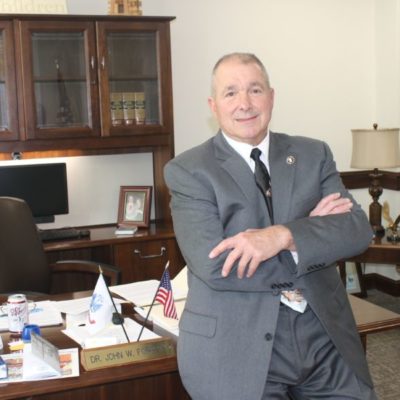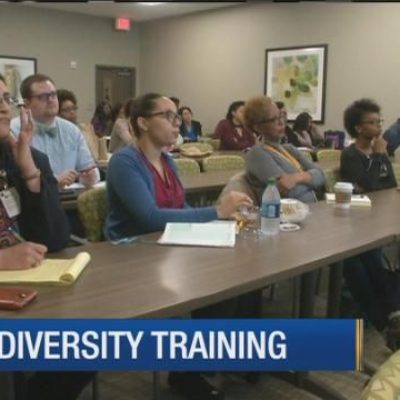It’s been six years since Tennessee took over its first low-performing schools. How are they doing?
Six years after the state took over six of Tennessee’s lowest-performing schools, all of those schools continue to struggle, new state test results show.
The state’s ambitious goal with the Achievement School District was to transform the schools that tested in the bottom 5 percent into top-performers within five years. Though the district’s founder later acknowledged the goal was too lofty, the new test results shed light on the massive challenge ahead for the schools and for Sharon Griffin, who became the district’s new leader in June.
Of the schools in the original state-run district, four of the six had fewer than 10 percent of students testing at or above grade level in math or English during the 2017-2018 academic year, according to TNReady test results released last week. Meanwhile, Cornerstone Prep Lester Elementary School in Memphis performed better than its counterparts with 11.5 percent of students at grade level in English and 20 percent of students at grade level in math. Frayser Achievement Elementary had 12 percent of students at grade level in English, but just 9 percent at grade level in math.
As a point of comparison, statewide averages for grades 3-8 had 33.9 percent of Tennessee students at grade level in English and 37.3 percent at grade level in math.
In taking over these schools back in 2012, the state handed them over to charter organizations. Five were launched in Memphis, and Brick Church College Prep was opened in Nashville. The state-run district now has 30 schools, the majority of which are in Memphis.
The idea for the state district was originally based on the Recovery School District in Louisiana. But while the New Orleans charter-led district has seen success in boosting academic achievement, the Tennessee district was never set up for the same success, said Douglas Harris, a Tulane Professor of Economics and founder of the Education Research Alliance for New Orleans.
The Achievement School District requires its charter schools to enroll 75 percent of students from the surrounding neighborhoods. The New Orleans recovery district was open enrollment, which drives schools to compete for students, Harris told Chalkbeat. He also noted that the Tennessee state district has yet to close charter schools that aren’t rising to the challenge of transforming underperforming schools.



